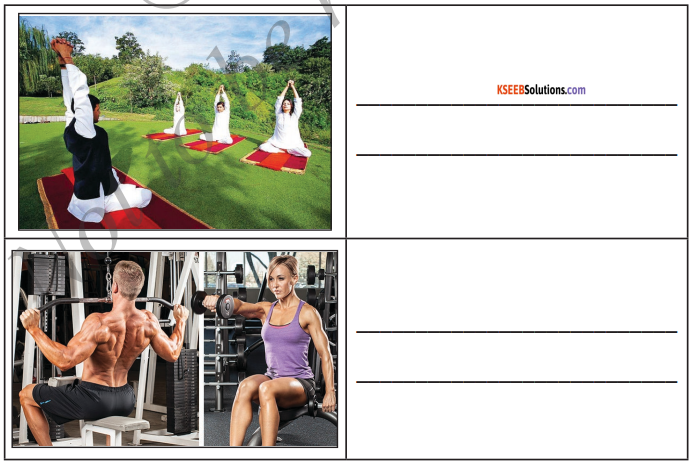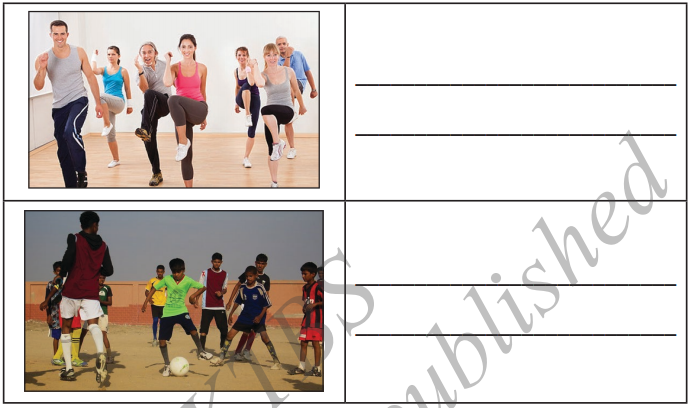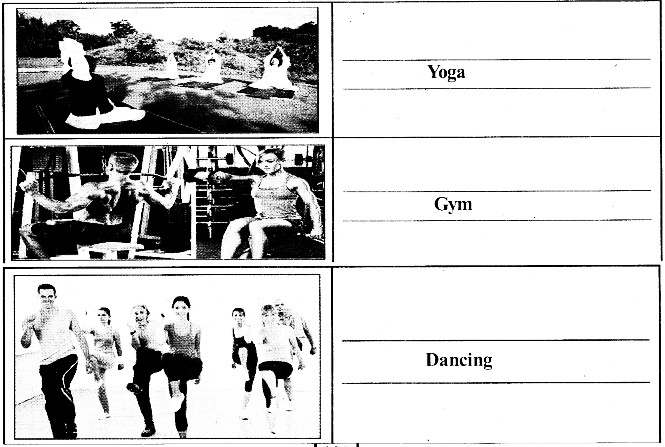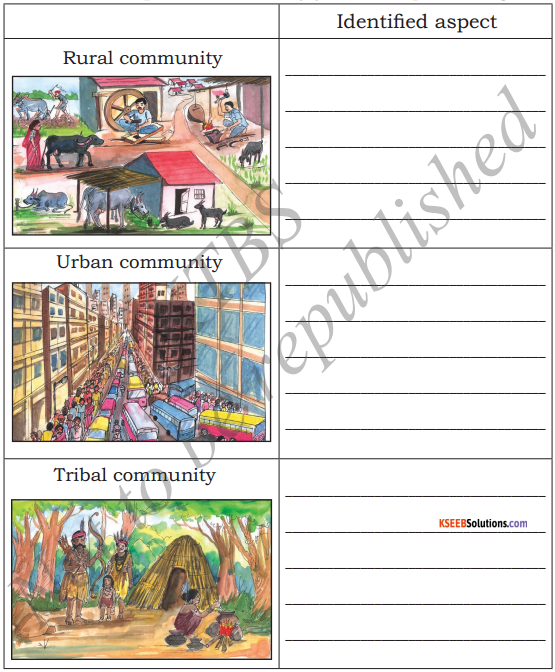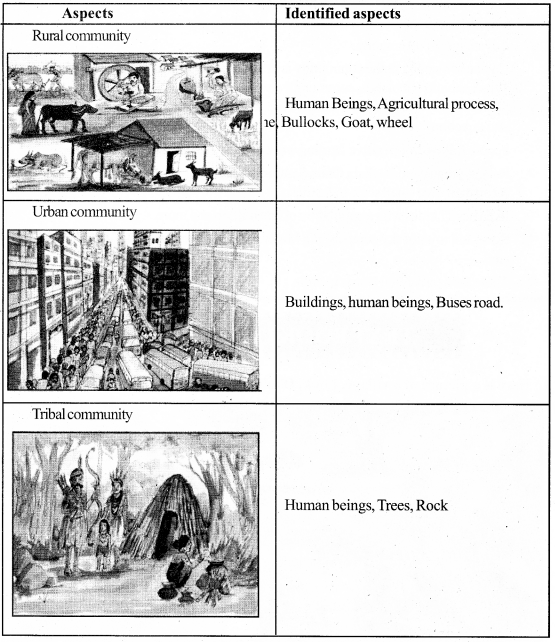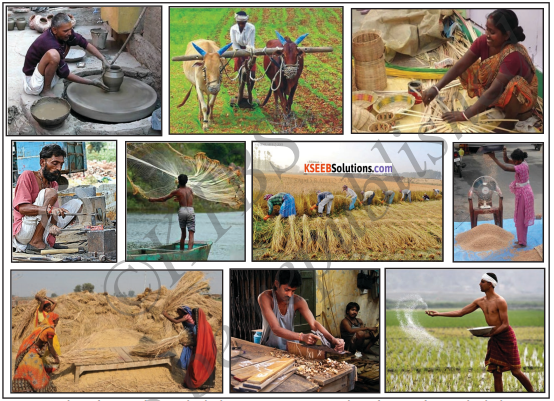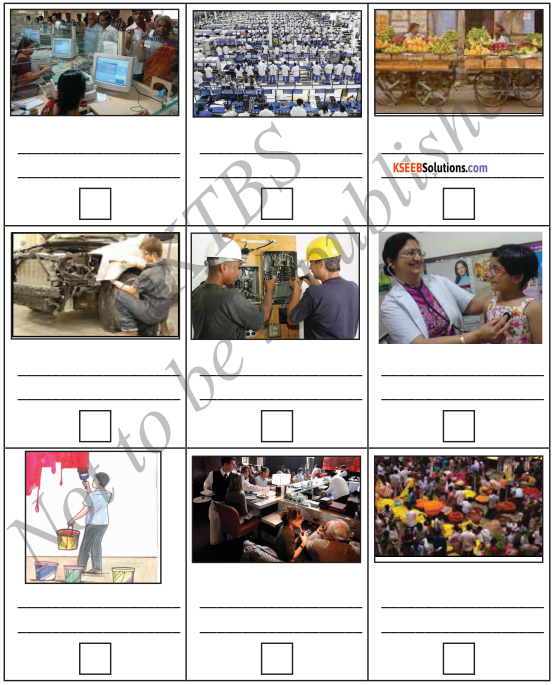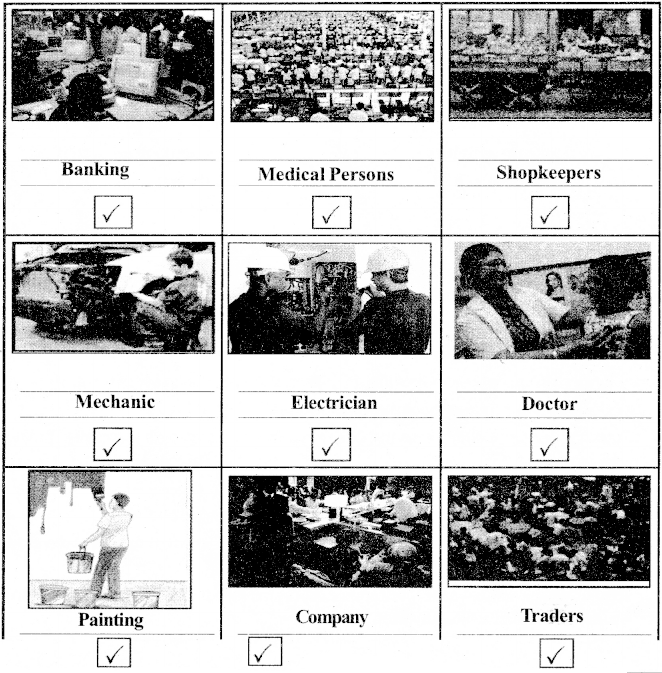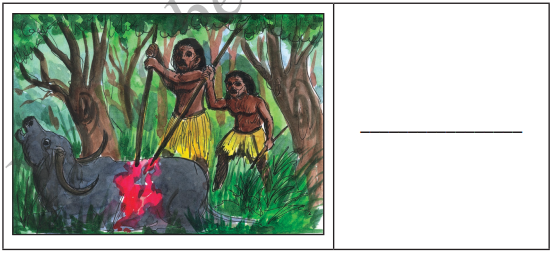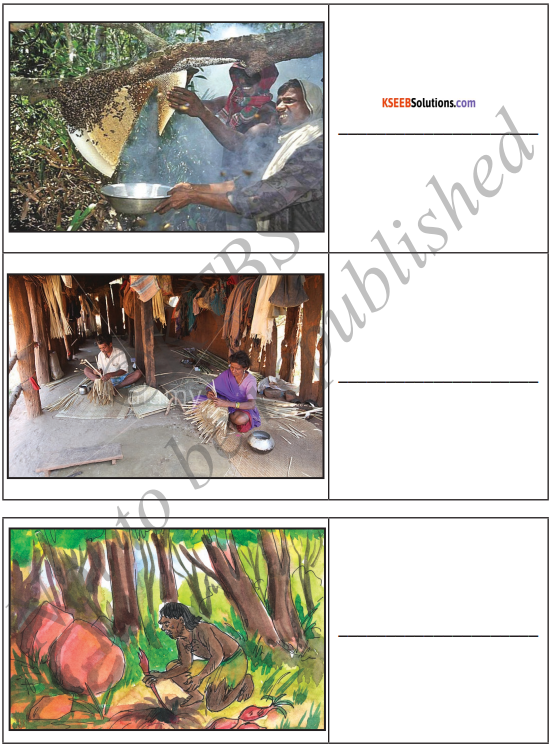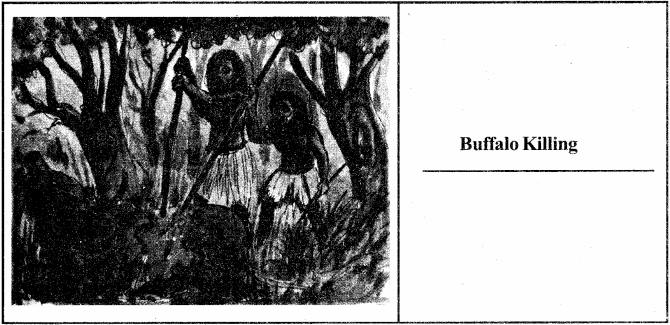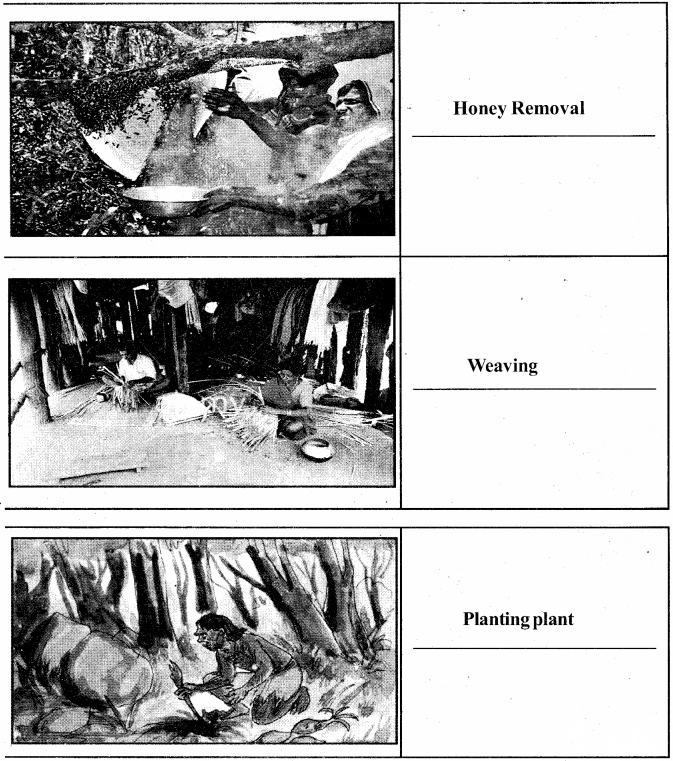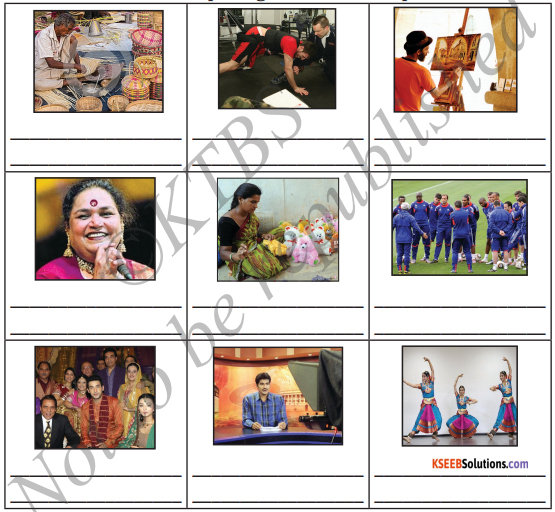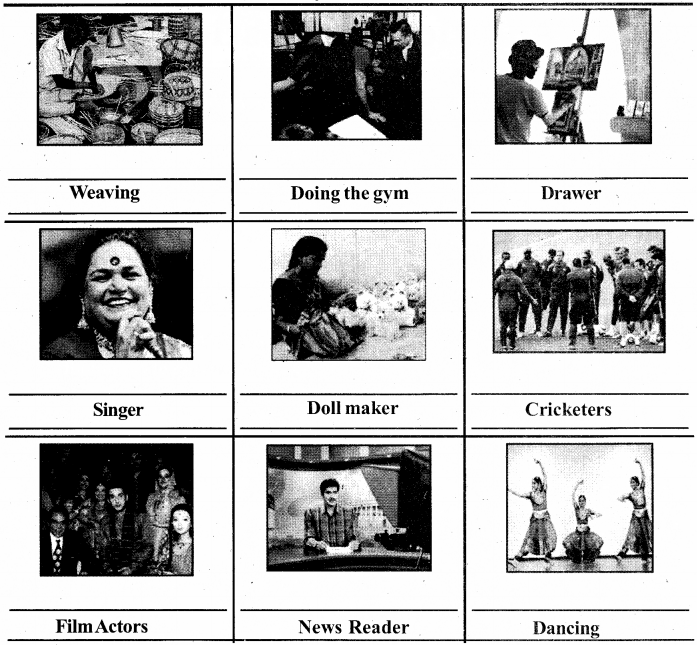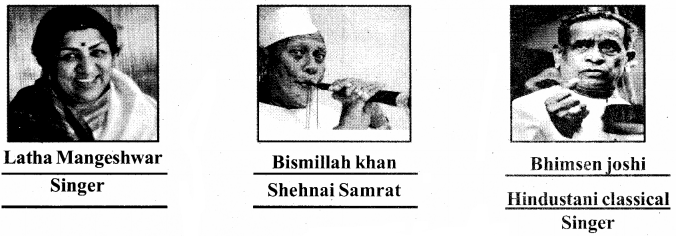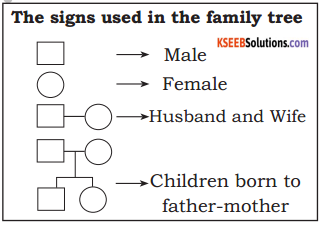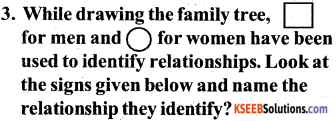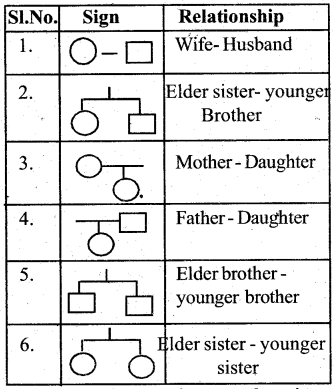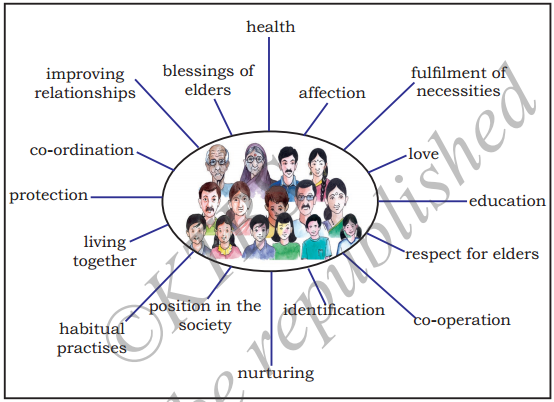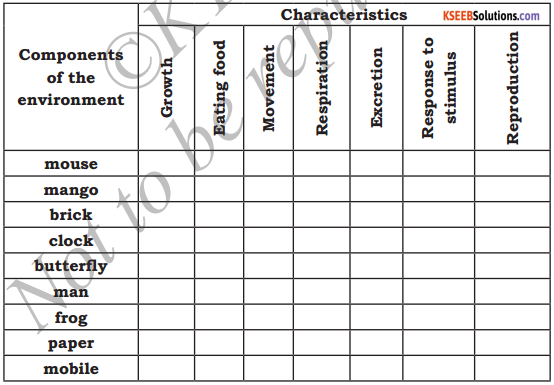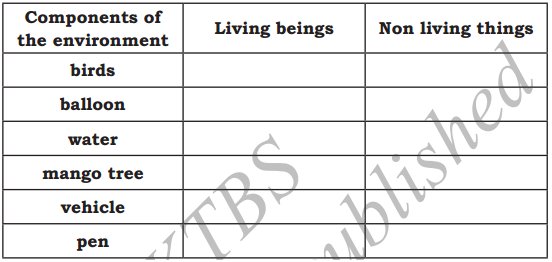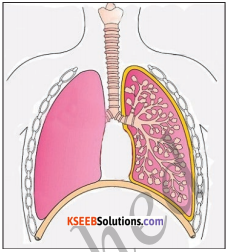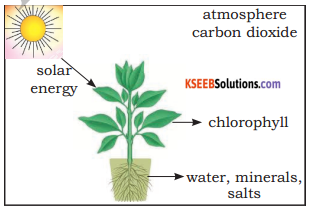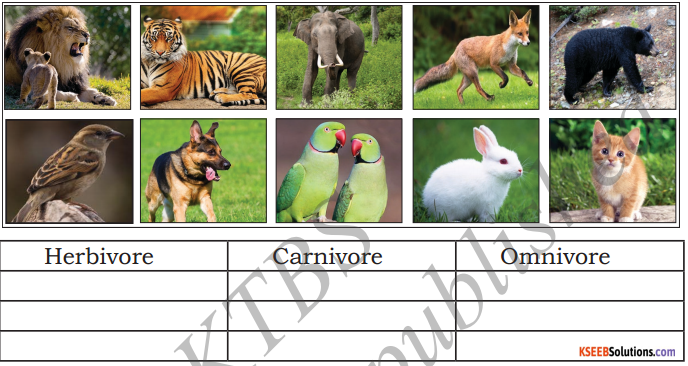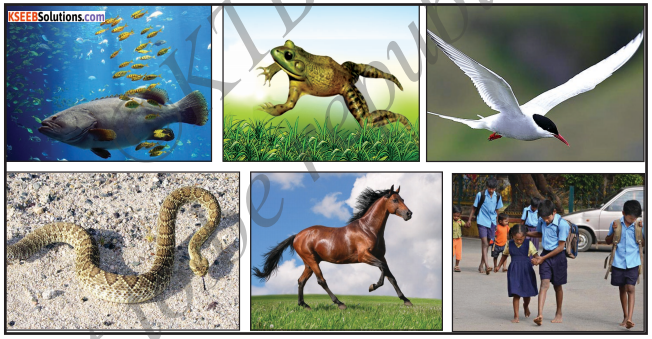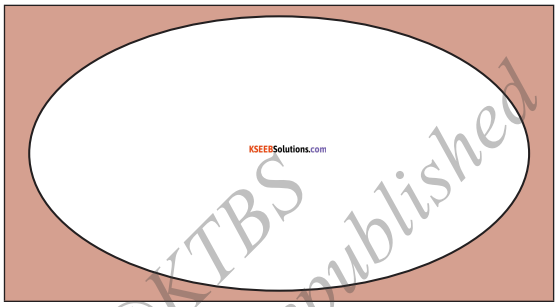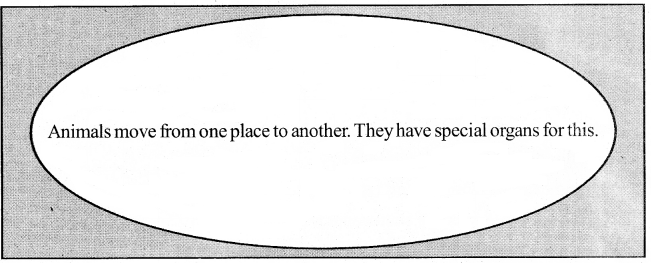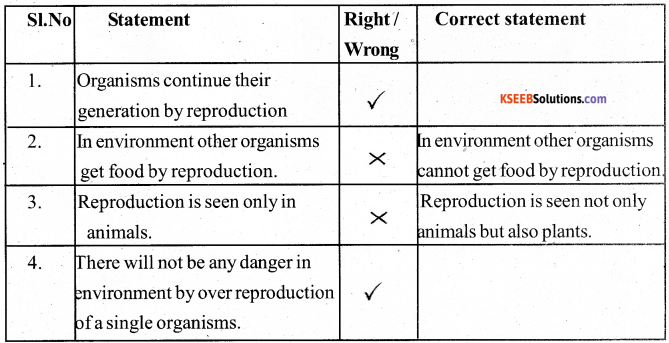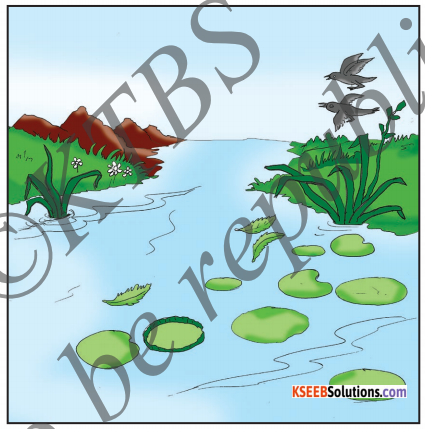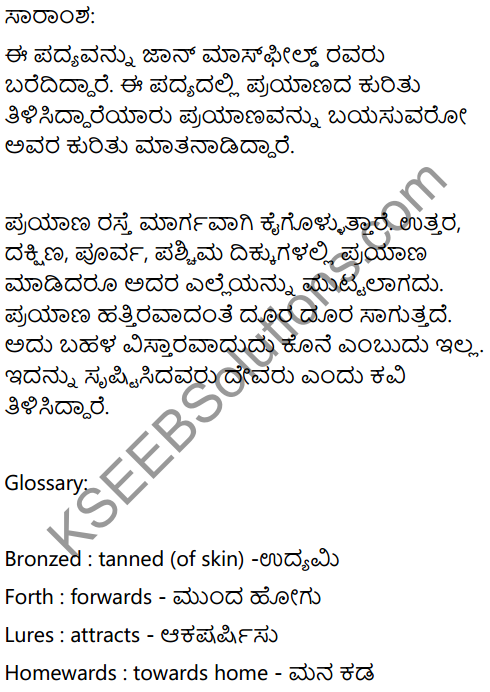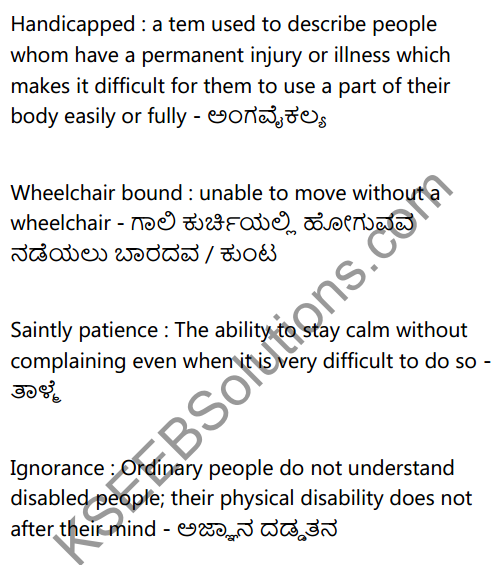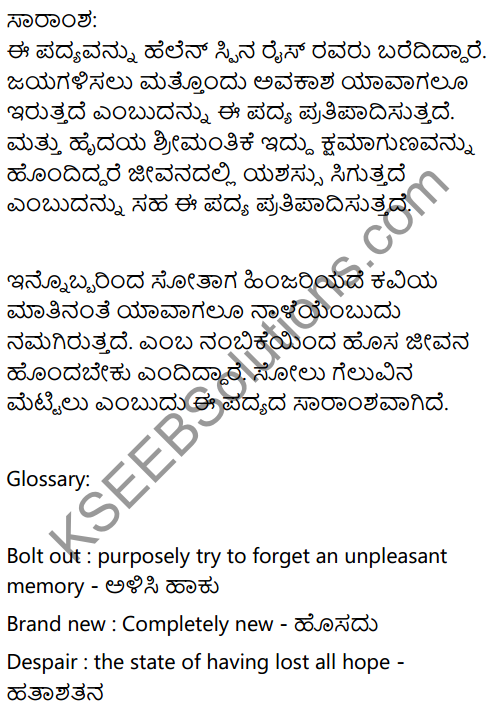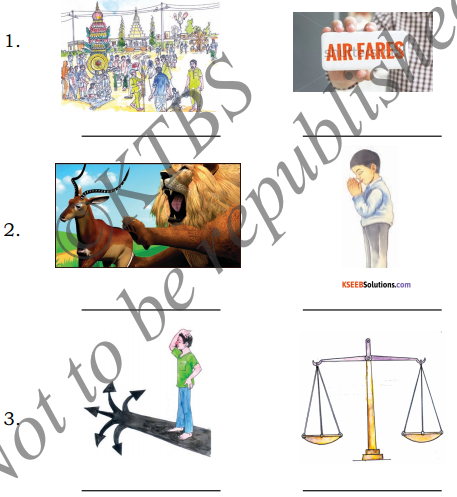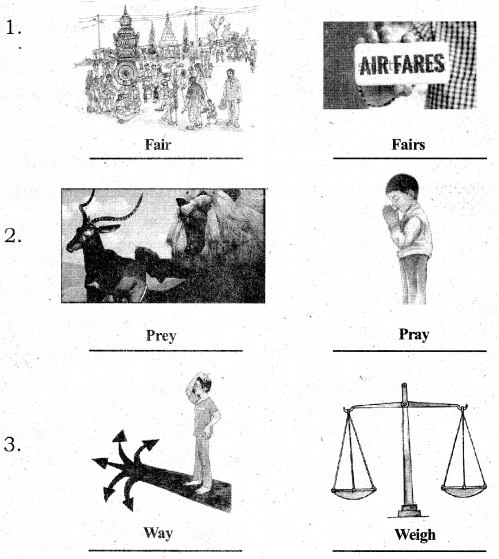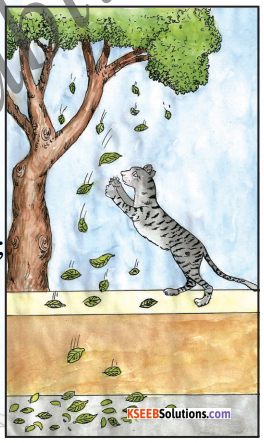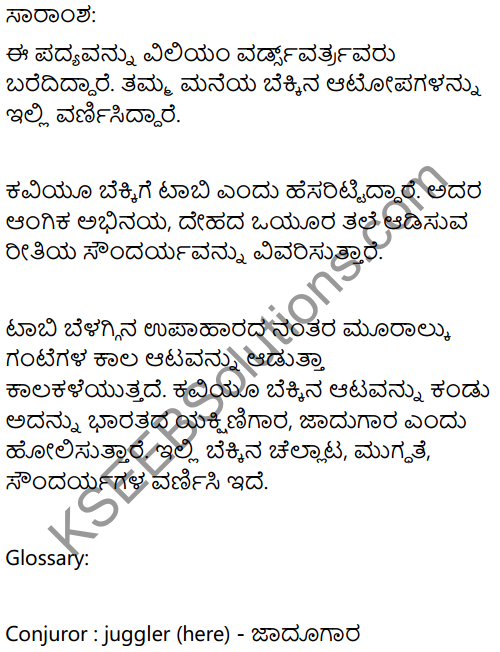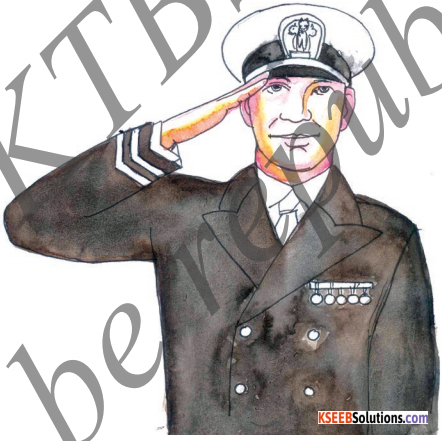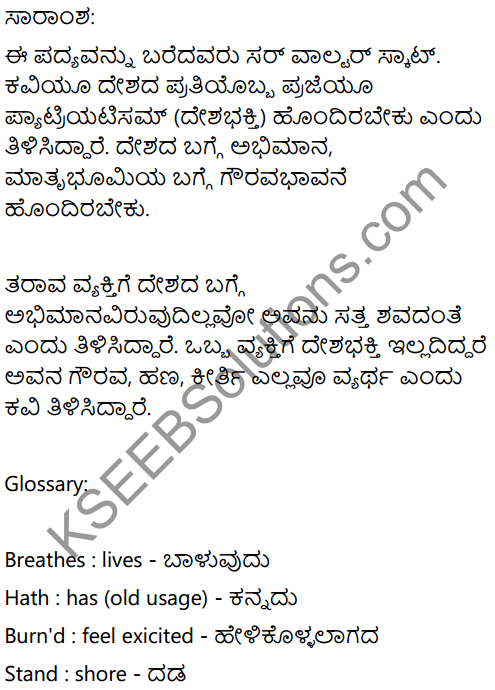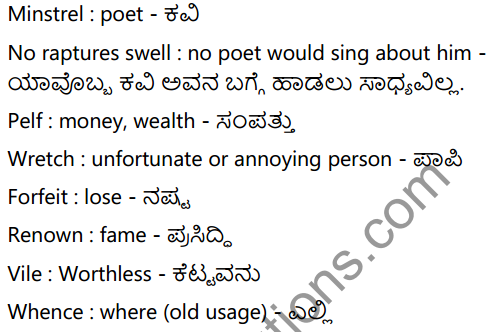Students can Download EVS Chapter 5 Natural Resources Questions and Answers, Summary, Notes Pdf, KSEEB Solutions for Class 5 EVS helps you to revise the complete Karnataka State Board Syllabus and score more marks in your examinations.
Karnataka State Board Class 5 EVS Chapter 5 Natural Resources
Class 5 EVS Natural Resources Text Book Questions and Answers
1. Solve the following riddle to identify natural resources
Question a.
You can’t live without me
every plant, tree, animal needs me
Nobody can see me.
who am I?
Answer:
Air.
![]()
Question b.
I occupy major portion of the earth
I satisfy all your thirst
I make animal, tree, and plant cool.
who am I?
Answer:
Water.
Question c.
I let you live on me
I help to grow plant and tree
I support all life on me
who am I?
Answer:
Earth.
Question d.
I give fruits & nuts
I spread cooling shades
No lives are there without me
who am I?
Answer:
Trees.
Question e.
Bus, lorry car pike vehicles run by me
Thousands of years took to make me
From underground you extract me
who am I?
Answer:
Fossil fuel.
Question f.
Plate, tumbler vessels are made up of me
Beautiful jewels are made up of me
My are will be hardened by you
who am I?
Answer:
Gold.
![]()
Question g.
Darkness rand away from me,
Bright light comes from me
A source of energy, that is me
who am I?
Answer:
Sun.
Question 2.
Classify renewable and non-renewable resources: Water, Soil, Fossil, Fuel, Air, Wind, Minerals, Solar energy, Forests.
Answer:
| Renewable resources | Non – renewable resources |
| Solar energy Air Wind Water Soil Forests |
Fossil fuels Minerals |
Question 3.
Make a list of the activities done by using solar energy?
Answer:
- photosynthesis
- Solar energy is converted into electric energy
- Boiling purpose
- Light
Question 4.
Explain the uses of soil and forests?
Answer:
Conservation of soil:
- Field should be covered with vegetation
- The soil should not be used for non – agricultural purposes.
- Construction of bunds in the edges of the field
- Contour tilling should be adopted in stope areas.
Question 5.
Observe these figures and make a list of uses of forests.
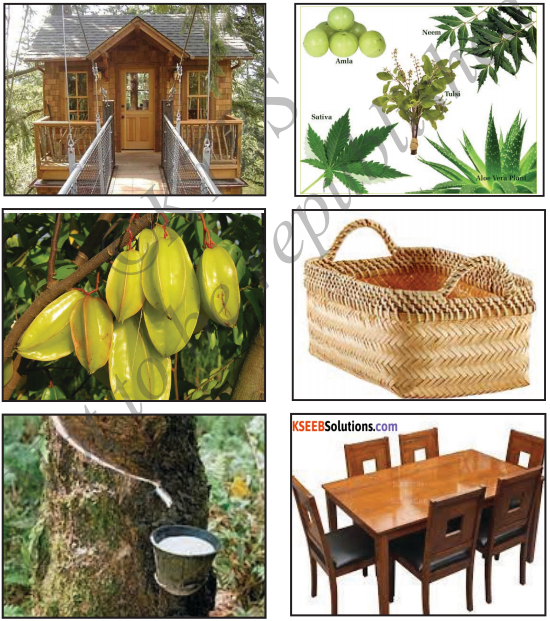
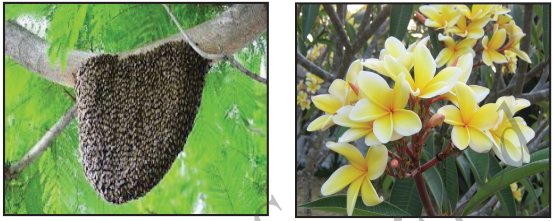
Answer:
Forest uses: Forests are also one of the natural resources. They provide fruits, flowers, medical plants, wood, etc, Forests are the shelters for tribals. Forests prevent soil erosion. The trees here give out oxygen and increase its quantity in the atmosphere. Such useful and the most valuable forests are being destroyed by various human activities like urbanization, industrialization, construction of dams, etc. We must not forget that deforestation means destroying life on earth.
Question 6.
Conservation of forest is everyone’s is responsibility?
Answer:
It is process of preserving the forest wealth. This can be done by following methods.
- Restriction on unnecessary felling of trees.
- Tree planting.
- Forest disasters such as forest fire and flood should be controlled.
![]()
Question 7.
Name three fuels used to run vehicles?
Answer:
Petrol, Diesel, and kerosine.
Question 8.
Name three fuels used to cook food at home?
Answer:
Kerosine, natural gas, coal.
Question 9.
Give example for the following.
Answer:
- Solid fuel: Coal
- liquid fuel: Petrol
- Gaseous fuel: Natural gas
Question 10.
Write the uses of the natural resources given below:
Answer:
- Soil: It is necessary for the growth of plants
- Forests: They provide the necessary food to the animals & many useful materials to man.
- Solar energy: Sun is the main source of heat & Light to the earth
- Animals: animals are also renewable resources. They enhance their population by reproduction.
- Fossil fuels: To run vehicles and cooking purpose
- Minerals: ornaments and construction purposes.
Class 5 EVS Natural Resources Additional Questions and Answers
I. Multiple choice questions:
Question 1.
Kerosene and diesel are obtained from
(a) Coal
(b) Petrol
(c) Petroleum
(d) Natural gas
Answer:
(d) Natural gas
![]()
Question 2.
Which of the following cause least pollution
(a) Petrol
(b) Compressed natural gas.
(c) Diesel
(d) Coal
Answer:
(d) Coal
II. Fill in the blanks:
- The rocky and earthy layer of earth’s crust is called Lithosphere.
- Natural gas is found with Petroleum in oil wells.
- The oil extracted from traps is called crude oil.
- In thermal power stations, Coal is used as fuel to produce electricity.
- Topsoil is necessary for the growth of plants.
- Hydrogen is only gaseous fuel that does not contain carbon.
- Hydrocarbons are the compounds of Hydrogen and Carbon atoms.
- Oil extracted from oil traps.
- The celebration of World Environment Day is on 5th June of every year.
III. Answer the following questions:
Question 1.
What are natural resources?
Answer:
Nature provides many things such as land, air, water and soil for the organisms to live. These things which are provided by nature are called ‘Natural resources ’.
Question 2.
Name the types of natural resources.
Answer:
Natural resources are generally classified into renewable and non-renewable resources.
![]()
Question 3.
How is soil formed?
Answer:
The thin top layer of lithosphere containing minerals and organic compounds is called soil. It is formed by the disintegration of rocks.
Question 4.
Why do we consider coal and petroleum as fossil fuel?
Answer:
Petroleum is a liquid mineral found underneath the soil formed by the action of bacteria, heat and pressure. Coal is formed by the trees which did not decy completely got buried under the layers of the rocks in high temperature and pressure.
Question 5.
What are the uses of coal?
Answer:
Coal is used a fuel in thermal power plant for the production of electricity. Coal products are used in the making of plastics, drugs, cosmetics, fertilizers, medicines, nylon etc.
Question 6.
What are fossil fuel?
Answer:
Fossil fuels are formed by the remains of extinct plants and animals which were buried under the earth’s crust over millions of years. Eg: Natural gas, Petroleum and Coal.
Question 7.
What is the meaning of habitat?
Answer:
The area where an organism normally lives.
Question 8.
Define contour tilling?
Answer:
Contour tilling means ploughing along the contour lines(outlines) of the land trap water runoff and to prevent soil erosion.
![]()
Question 9.
Define weathering of rocks.
Answer:
The land around us keeps changing, This change is caused by water, wind and living beings, Soil is formed by the disintegration of rocks. This process is called weathering of rocks.
Question 10.
Distinguish between renewable resources and non-renewable resources.
Answer:
Resourcesthatarecontinuouslyavailableforuseanddonotgetexhausted are called renewable l resources. Resources that are limited and get exhausted after continuous use are called non-renewable resources.
![]()
